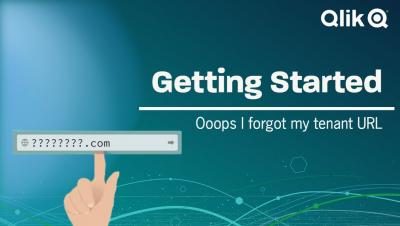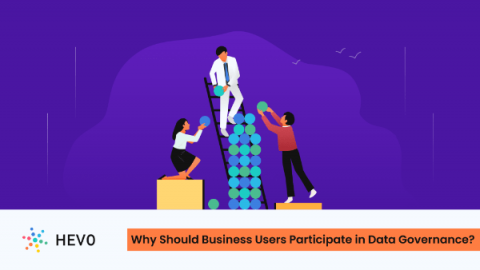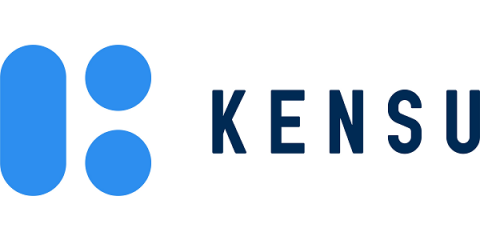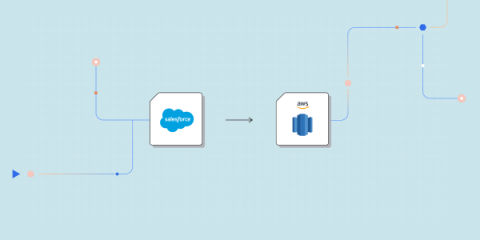Analytics
DataOps & the Sustainable Data Center
Data centers consume a lot of energy; some say it can be as much as 1.8% of total U.S. electricity consumption. It’s why power consumption, cooling costs, and space requirements are at the heart of the sustainable data center.
NatWest Helps Customers Track Their Carbon Footprints with the Snowflake Data Cloud
Overcoming 9 Data Governance Challenges
How we're building an internal knowledge-sharing culture at Databox
Forget IT; Think Business Led Data Governance Initiative
Register Your Tenant, Add Data, Create Your First App (video 1)
Is Data Observability the new Anti-Virus?
We often find it hard to remember the world we left behind, but cast your mind back, say, 20 years, and we lived in a very different world. Personal Computers and the internet were on the rise, and businesses were all becoming connected. This provided companies with immense opportunities in terms of collaboration and digital adoption, and on the flip side, it eased the distribution of computer viruses. Today we barely even think about our antivirus software and policies.
How Can Companies Be So Blind and Not Listen to Customers?
How to load data from Salesforce to Redshift: A definitive guide
In this guide, you will learn about various methods to transfer your data from Salesforce to Redshift.










